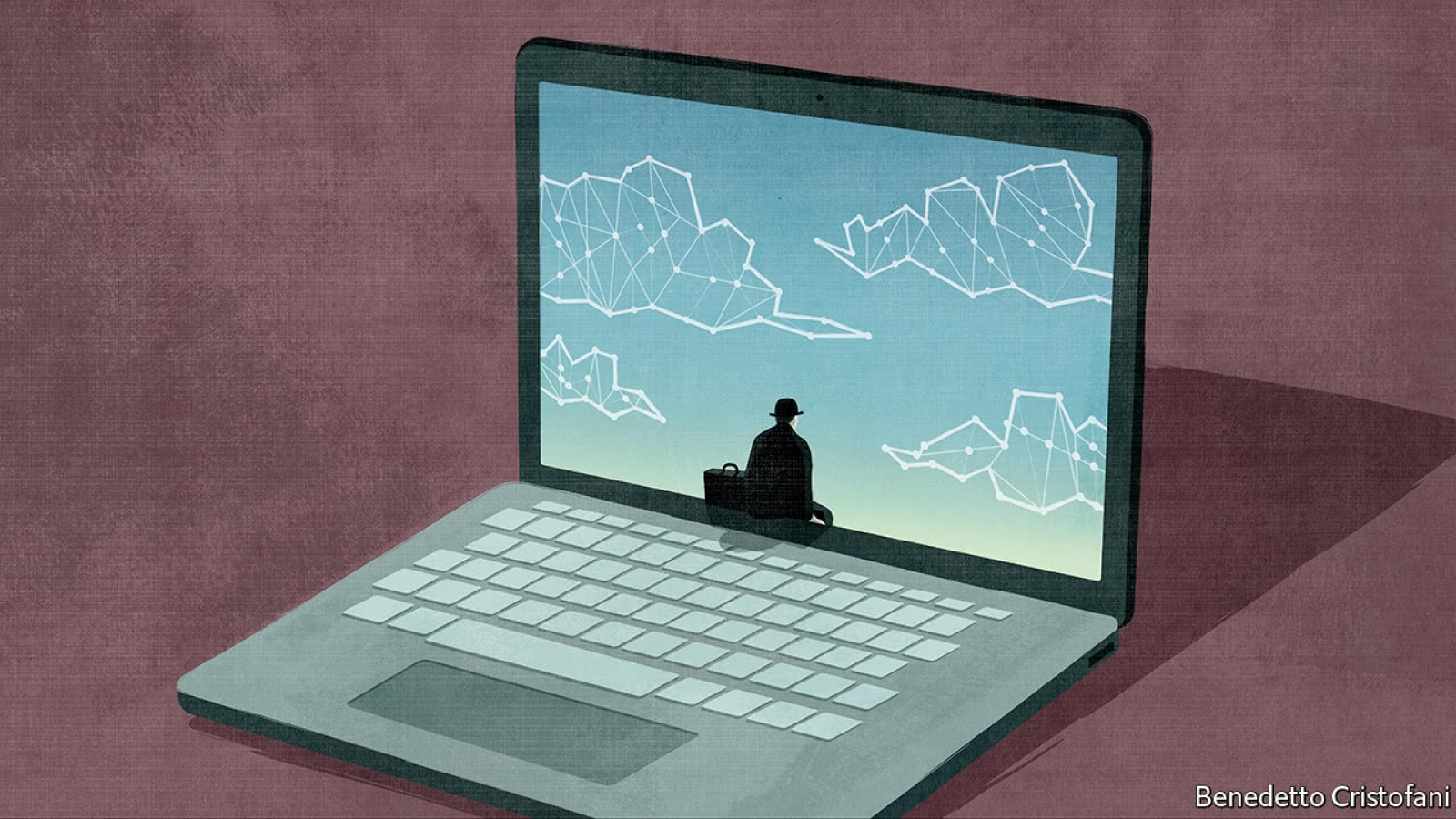Lie dectectors are not widely used in business, but Ping An, a Chinese insurance company, thinks it can spot dishonesty. The company lets customers apply for loans through its app. Prospective borrowers answer questions about their income and plans for repayment by video, which monitors around 50 tiny facial expressions to determine whether they are telling the truth. The program, enabled by artificial intelligence (AI), helps pinpoint customers who require further scrutiny.
copyright by www.economist.com
 AI will change more than borrowers’ bank balances. Johnson & Johnson, a consumer-goods firm, and Accenture, a consultancy, use AI to sort through job applications and pick the best candidates. AI helps Caesars, a casino and hotel group, guess customers’ likely spending and offer personalised promotions to draw them in. Bloomberg, a media and financial-information firm, uses AI to scan companies’ earnings releases and automatically generate news articles. Vodafone, a mobile operator, can predict problems with its network and with users’ devices before they arise. Companies in every industry use AI to monitor cyber-security threats and other risks, such as disgruntled employees.
AI will change more than borrowers’ bank balances. Johnson & Johnson, a consumer-goods firm, and Accenture, a consultancy, use AI to sort through job applications and pick the best candidates. AI helps Caesars, a casino and hotel group, guess customers’ likely spending and offer personalised promotions to draw them in. Bloomberg, a media and financial-information firm, uses AI to scan companies’ earnings releases and automatically generate news articles. Vodafone, a mobile operator, can predict problems with its network and with users’ devices before they arise. Companies in every industry use AI to monitor cyber-security threats and other risks, such as disgruntled employees.
Instead of relying on gut instinct and rough estimates, cleverer and speedier AI-powered predictions promise to make businesses much more efficient. At Leroy Merlin, a French home-improvement retailer, managers used to order new stock on Fridays, but defaulted to the same items as the week before so they could start their weekend sooner. The firm now uses algorithms to take in past sales data and other information that could affect sales, such as weather forecasts, in order to stock shelves more effectively. That has helped it reduce its inventory by 8% even as sales have risen by 2%, says Manuel Davy of Vekia, the AI startup that engineered the program.
AI and machine learning (terms that are often used interchangeably) involve computers crunching vast quantities of data to find patterns and make predictions without being explicitly programmed to do so. Larger quantities of data, more sophisticated algorithms and sheer computing power have given AI greater force and capability. The outcomes are often similar to what an army of statisticians with unlimited time and resources might have come up with, but they are achieved far more quickly, cheaply and efficiently.
One of AI’s main effects will be a dramatic drop in the cost of making predictions, says Ajay Agrawal of the University of Toronto and co-author of a new book, “Prediction Machines”. Just as electricity made lighting much more affordable—a given level of lighting now costs around 400 times less than it did in 1800—so AI will make forecasting more affordable, reliable and widely available. […]
read more – copyright by www.economist.com


Lie dectectors are not widely used in business, but Ping An, a Chinese insurance company, thinks it can spot dishonesty. The company lets customers apply for loans through its app. Prospective borrowers answer questions about their income and plans for repayment by video, which monitors around 50 tiny facial expressions to determine whether they are telling the truth. The program, enabled by artificial intelligence (AI), helps pinpoint customers who require further scrutiny.
copyright by www.economist.com
Instead of relying on gut instinct and rough estimates, cleverer and speedier AI-powered predictions promise to make businesses much more efficient. At Leroy Merlin, a French home-improvement retailer, managers used to order new stock on Fridays, but defaulted to the same items as the week before so they could start their weekend sooner. The firm now uses algorithms to take in past sales data and other information that could affect sales, such as weather forecasts, in order to stock shelves more effectively. That has helped it reduce its inventory by 8% even as sales have risen by 2%, says Manuel Davy of Vekia, the AI startup that engineered the program.
AI and machine learning (terms that are often used interchangeably) involve computers crunching vast quantities of data to find patterns and make predictions without being explicitly programmed to do so. Larger quantities of data, more sophisticated algorithms and sheer computing power have given AI greater force and capability. The outcomes are often similar to what an army of statisticians with unlimited time and resources might have come up with, but they are achieved far more quickly, cheaply and efficiently.
One of AI’s main effects will be a dramatic drop in the cost of making predictions, says Ajay Agrawal of the University of Toronto and co-author of a new book, “Prediction Machines”. Just as electricity made lighting much more affordable—a given level of lighting now costs around 400 times less than it did in 1800—so AI will make forecasting more affordable, reliable and widely available. […]
read more – copyright by www.economist.com
Share this: